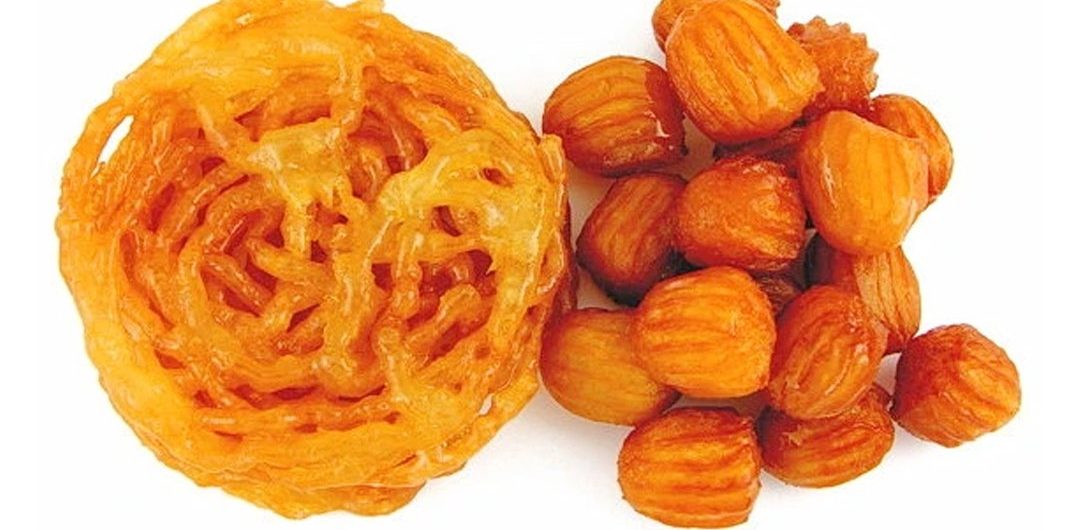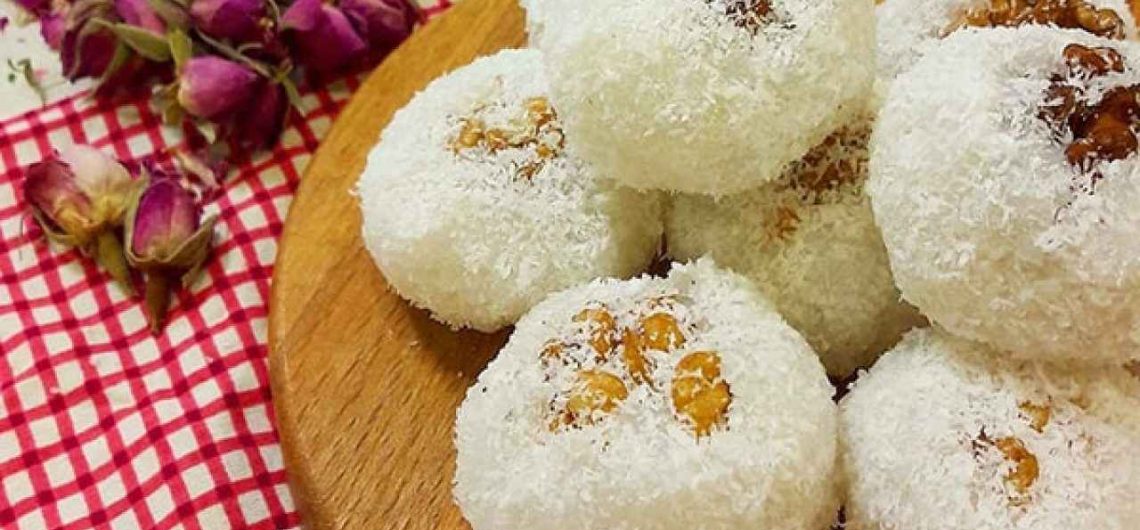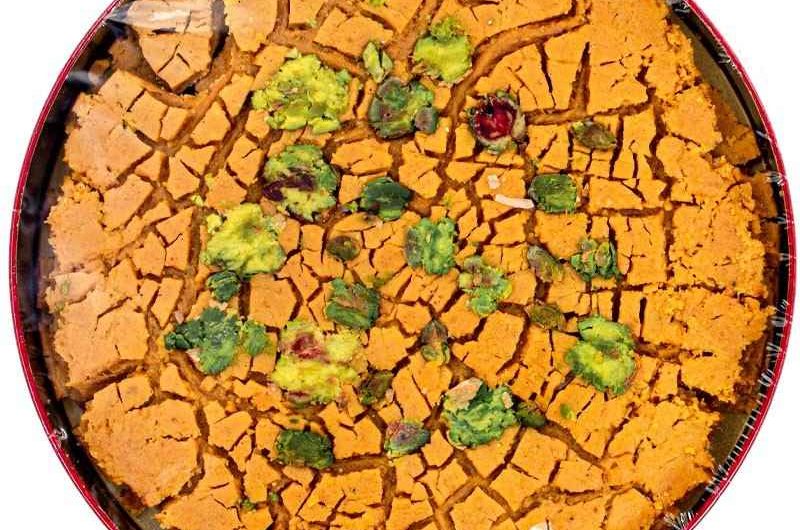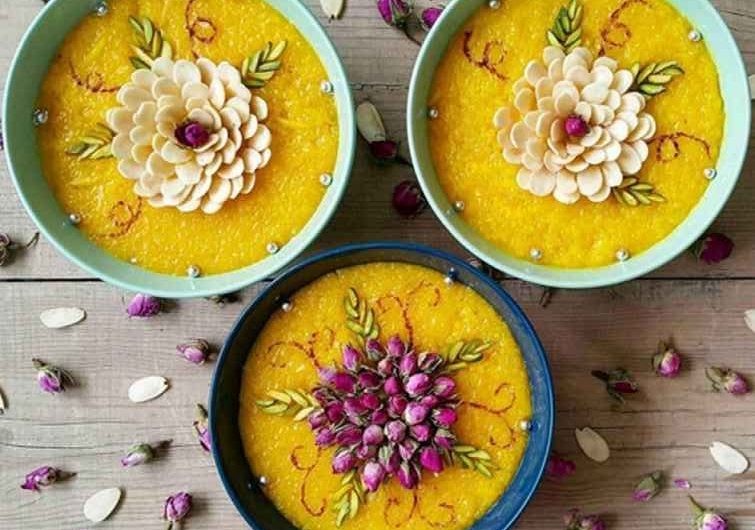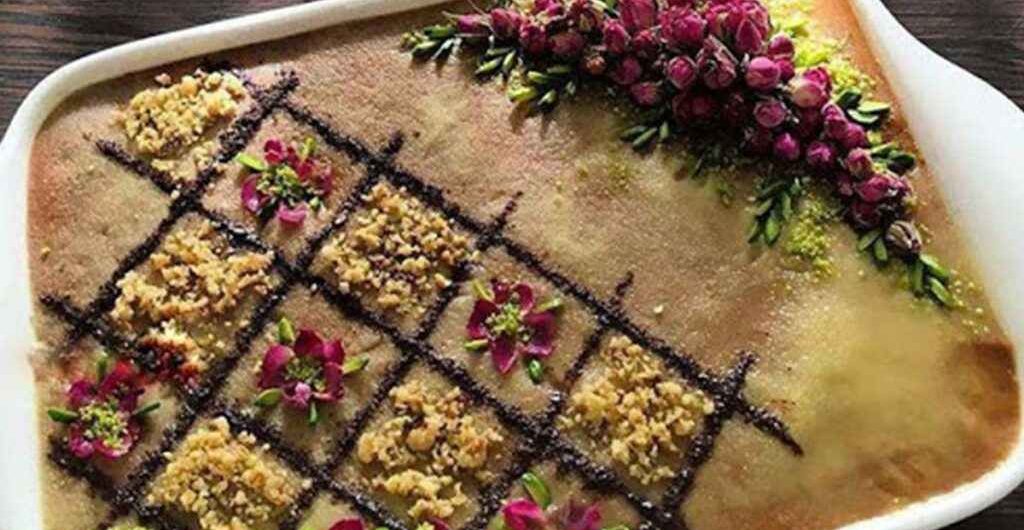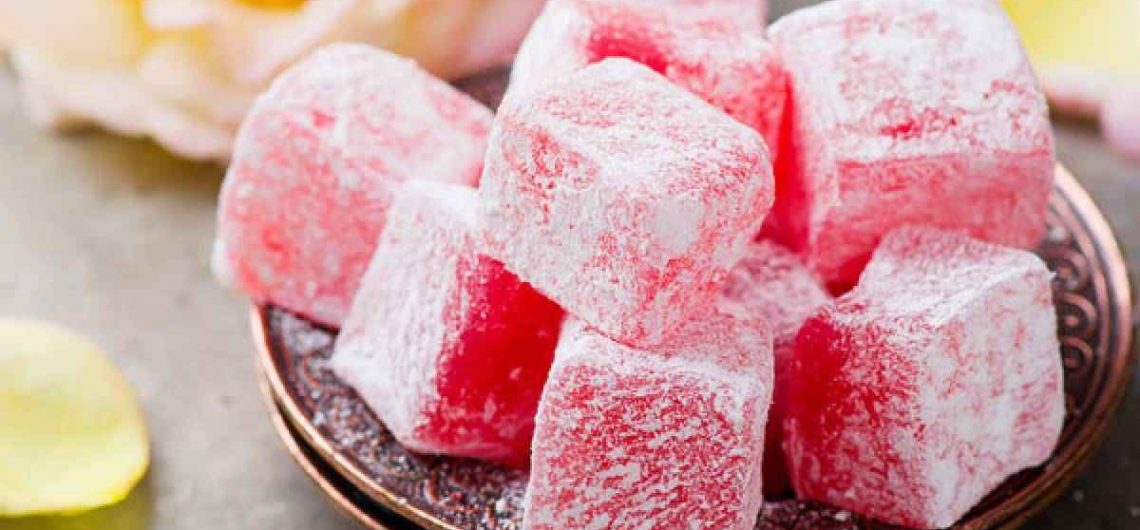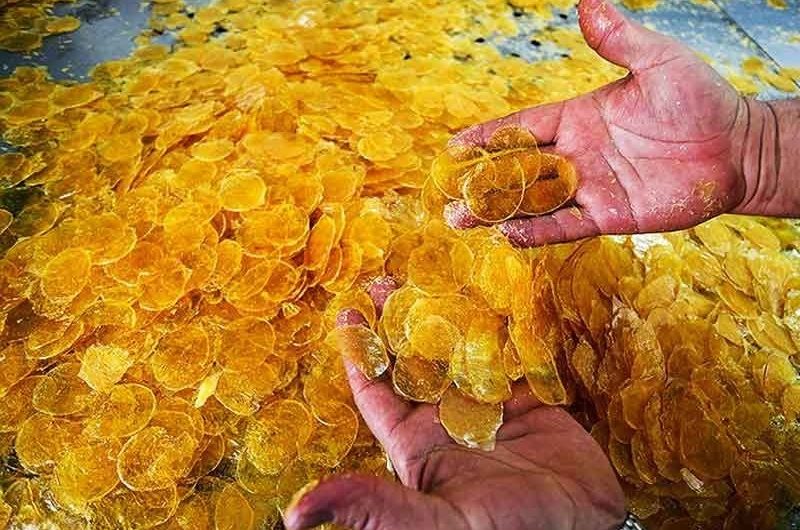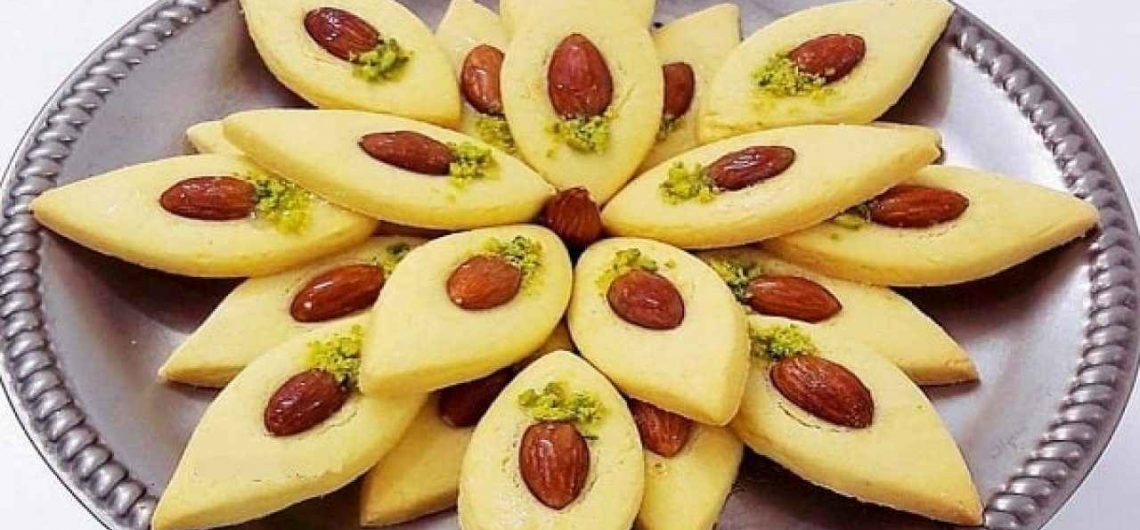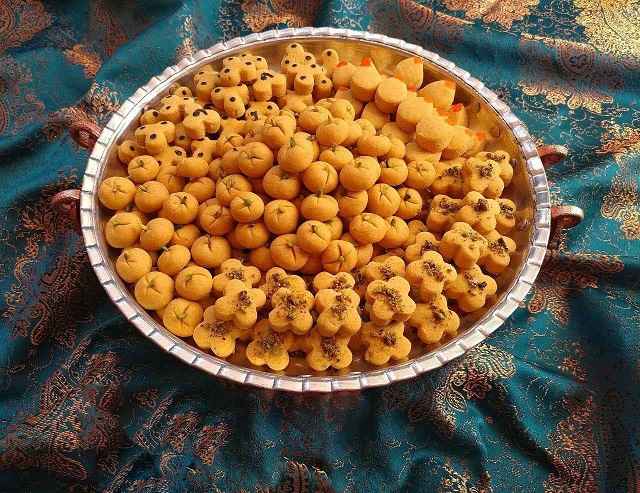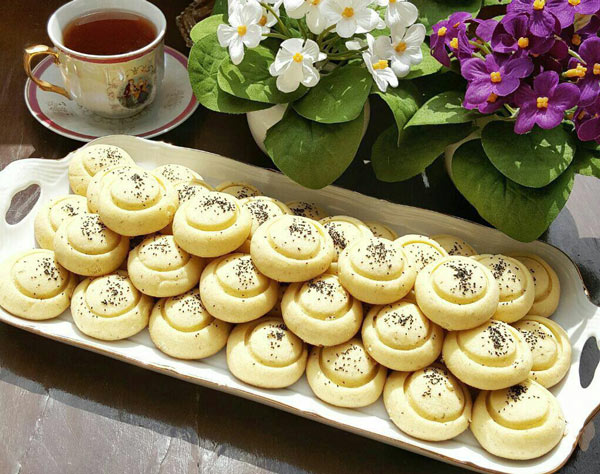Zulbia Bamieh (Persian donut)
Zulbia and Bamiyeh are a type of dessert that can be found in pastry shops in Iran, especially during the month of Ramadan. The raw materials of this dessert are: flour, yogurt, starch and yeast. Once the dough is prepared, depending on the desired shape, it is immersed in oil to cook until golden brown. Once the oil is extracted, they are sweetened with a nectar containing saffron and rose water.
The word Zulbia was originally a modified form of the word ‘crucifixion’, as it was shaped like a cross surrounded by a circle. This dessert is still known as “Jalebi” in the southern regions of Iran. These delicious treats are served with Iranian-style tea.


